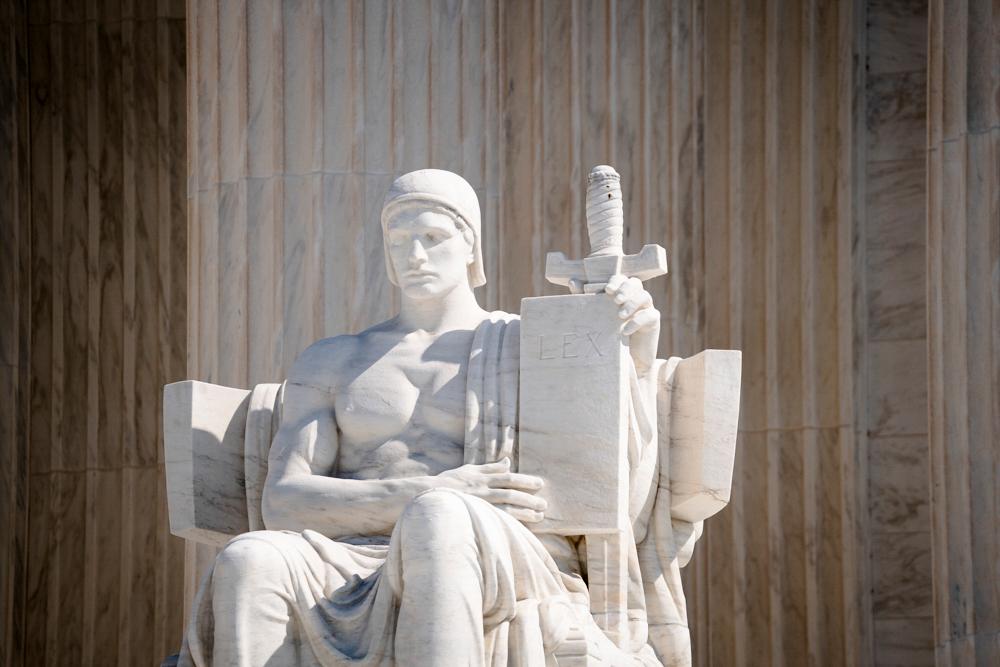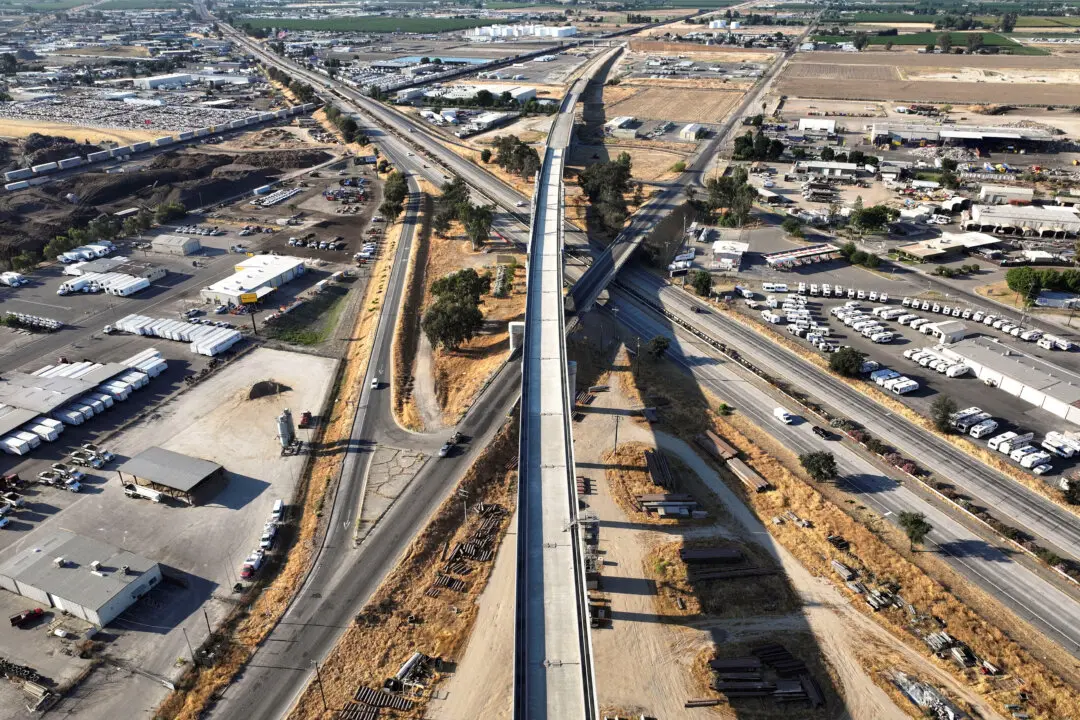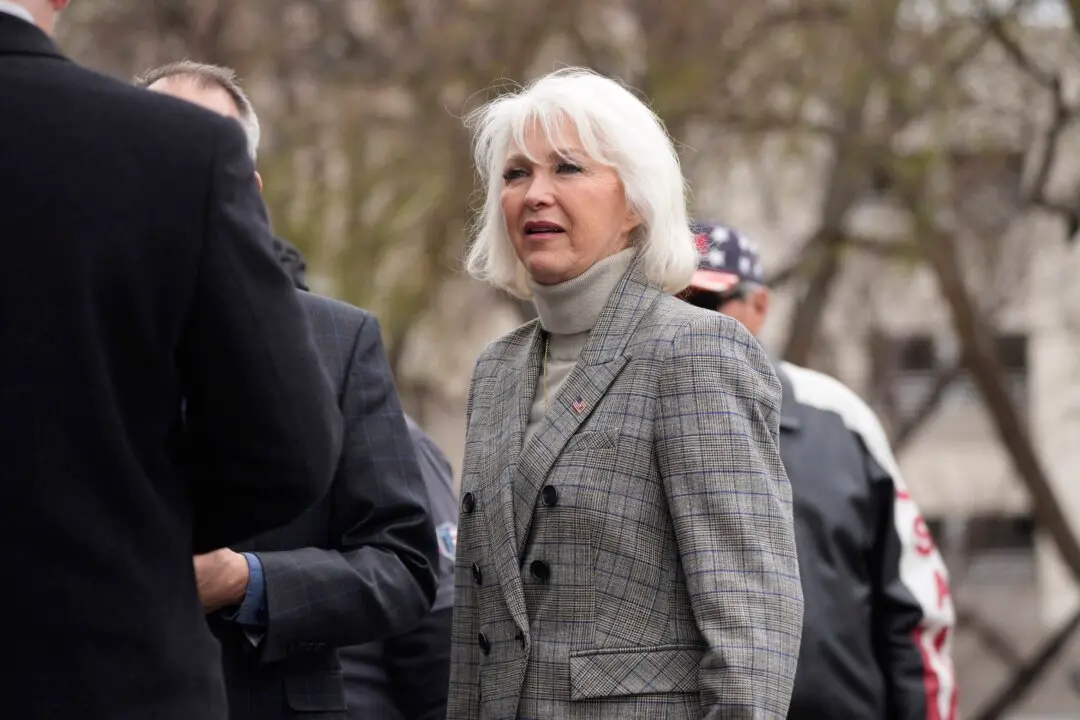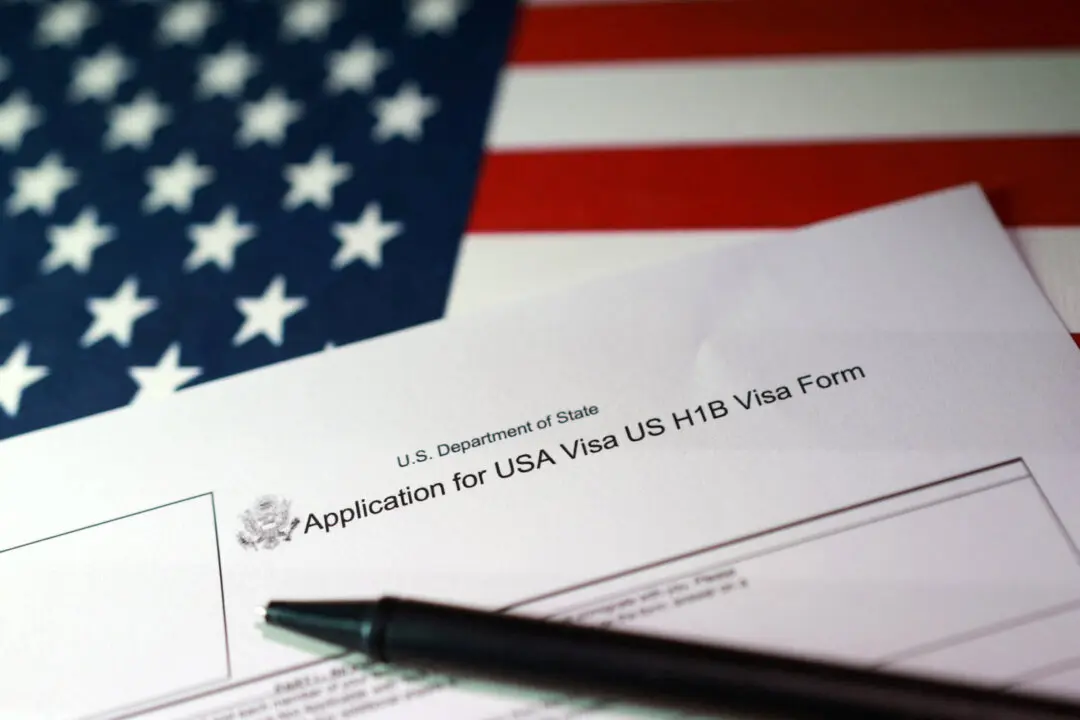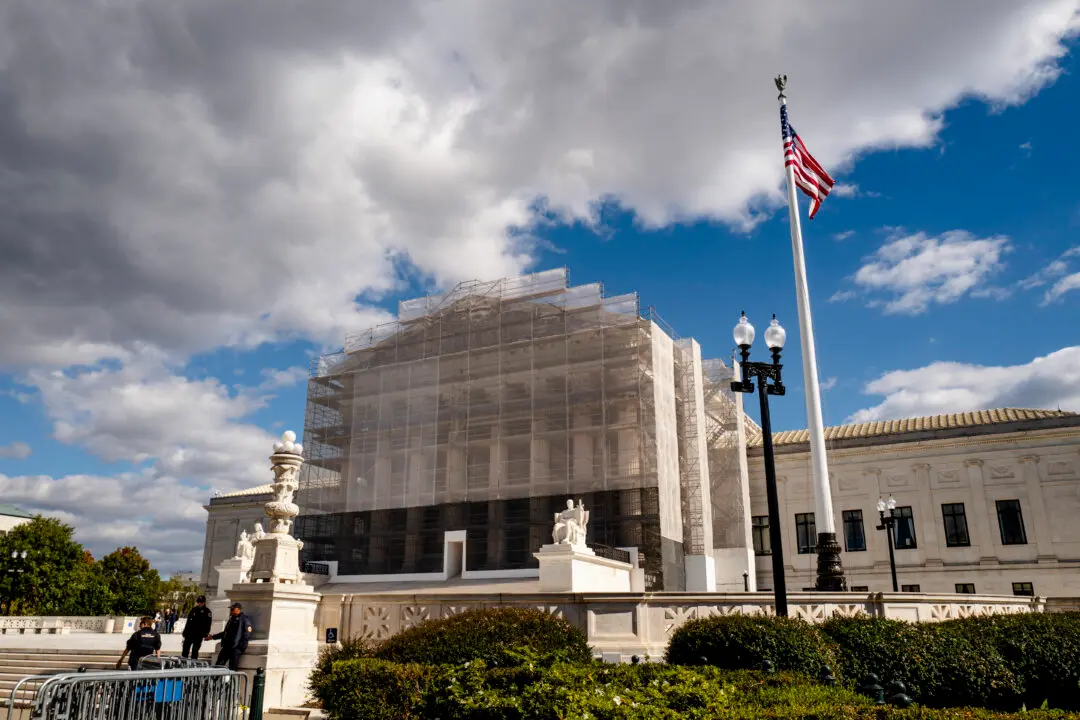Supreme Court justices seemed to struggle with Nvidia’s argument on Nov. 13 that shareholders’ securities fraud lawsuit claiming that the company downplayed its reliance on the volatile cryptocurrency sector should be dismissed.
Investors sued the Silicon Valley artificial intelligence chipmaker, claiming that the company misrepresented how dependent it was on revenue from volatile cryptocurrency mining before a market setback in 2018. The company counters that the legal complaint filed against it lacks the legally required specificity to move forward.
